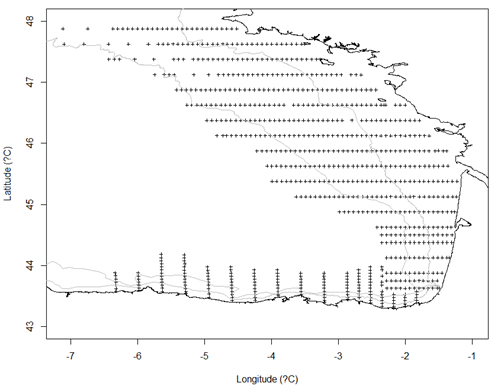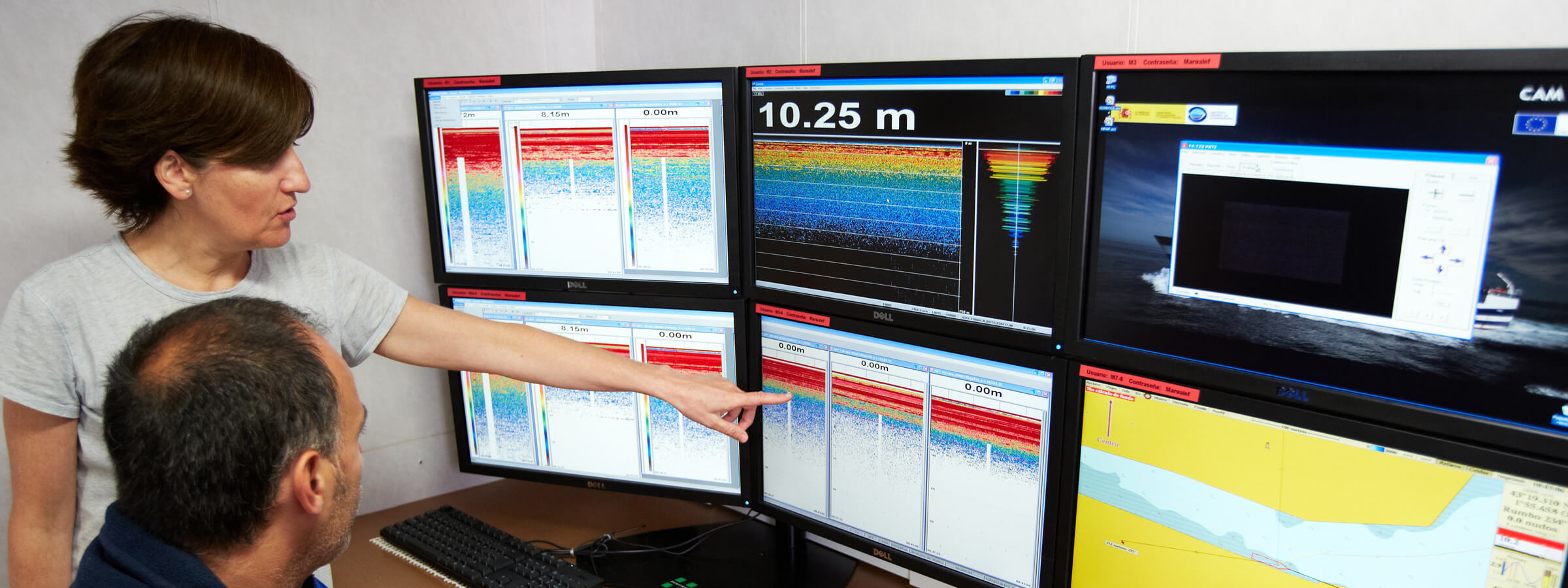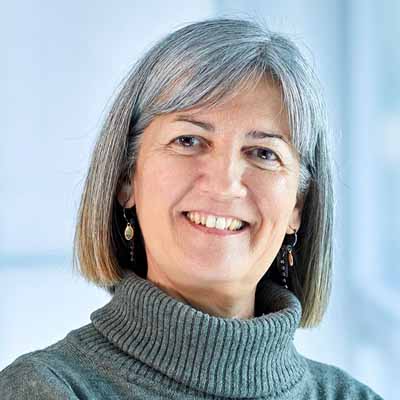Abstract
The BIOMas of ANchovy (BIOMAN) surveys series started in 1987 aiming at improving the direct monitoring and assessment of the Bay of Biscay anchovy population, which did not have any international agreed assessment (Santiago and Sanz, 1992, Motos 1994, Uriarte et al., 1996). Its initial objective was to estimate the total biomass of the Bay of Biscay anchovy by applying the Daily Eggs Production Method (DEPM) (Lasker ed. 1985). In addition, the survey aimed at improving the knowledge on the spawning environment (Motos et al., 1996) and reproductive biology of anchovy (Sanz et al., 1992; Sanz and Uriarte, 1989; Motos 1996; Alday et al., 2008 &2010). The survey soon collaborated with other ichthyoplankton national and international surveys for the estimation of biomass of other pelagic species as sardine (Garcia et al., 1992) and mackerel and horse mackerel (Ibaibarriaga et al., 2007a). Nowadays BIOMAN collaborate with the triennial egg surveys for these species concerning the coverage of the Bay of Biscay.
Nowadays, it is an integrated ecosystem approach survey following the European Marine Strategy Framework Directive and the Common Fisheries Policy. The new objectives are to estimate in the Bay of Biscay during May: the anchovy and sardine total biomass, hydrographic characterization of the Bay of Biscay, acoustics registrations day and night, microplastics distribution and abundance, zooplankton distribution and abundance, seabirds and mammals distribution and abundance, distribution and abundance of different species using environmental DNA, distribution and abundance of micro, meso and macroplastics. These data are used to inform fish stock and ecosystem-based assessment and management, and support ecosystem research.
Spatial location

Date
During 25 days in May
Responsible of the survey
María Santos msantos@azti.es
How to cite
xxx
Acknowledgements
BIOMAN survey has always been funded by the Department of fisheries of the Basque Government within Spain. Moreover since 1989 most of the applications have been directly supported by EU projects funded by the European Commission. In 2002 the survey was included in the list of EC funded research surveys at sea within the Community framework for the collection and management of the data needed to conduct the common fisheries policy and has since then being carried out in that context (Council Regulations (EC) No 1543/2000 and No199/2008). The survey has also been supported by the Spanish General Secretariat of Sea providing the R/V Emma Bardán since 2003 and Vizconde de Eza since 2016



